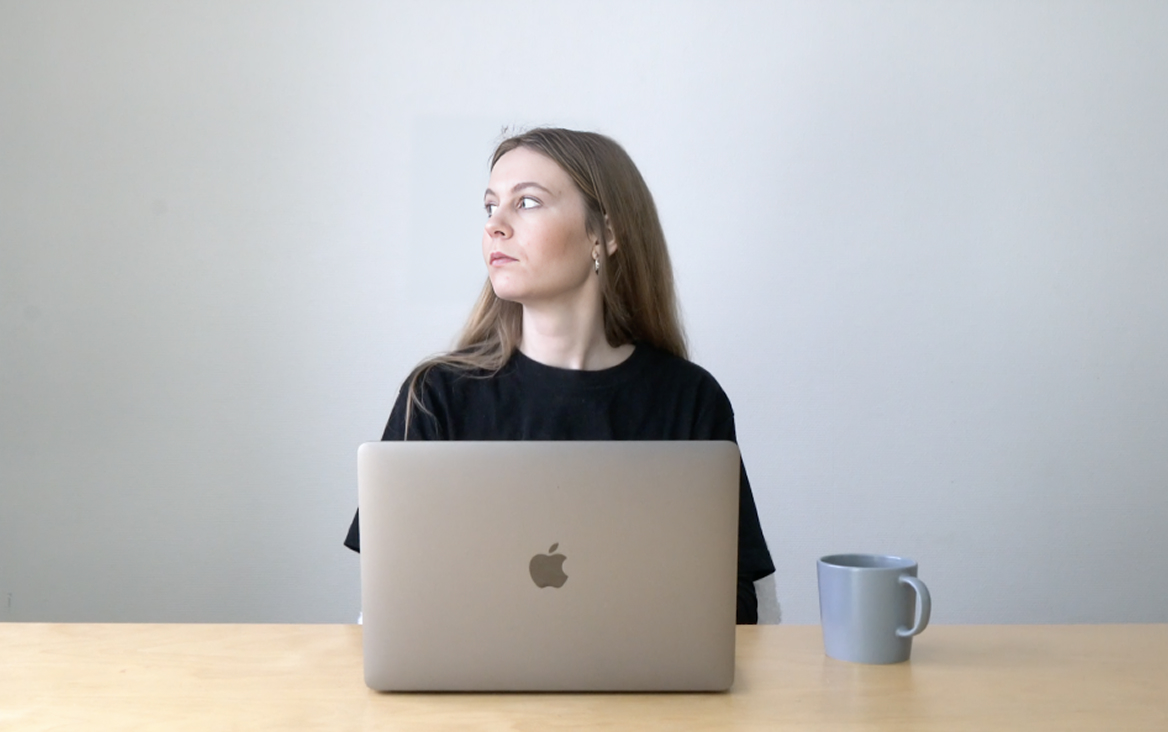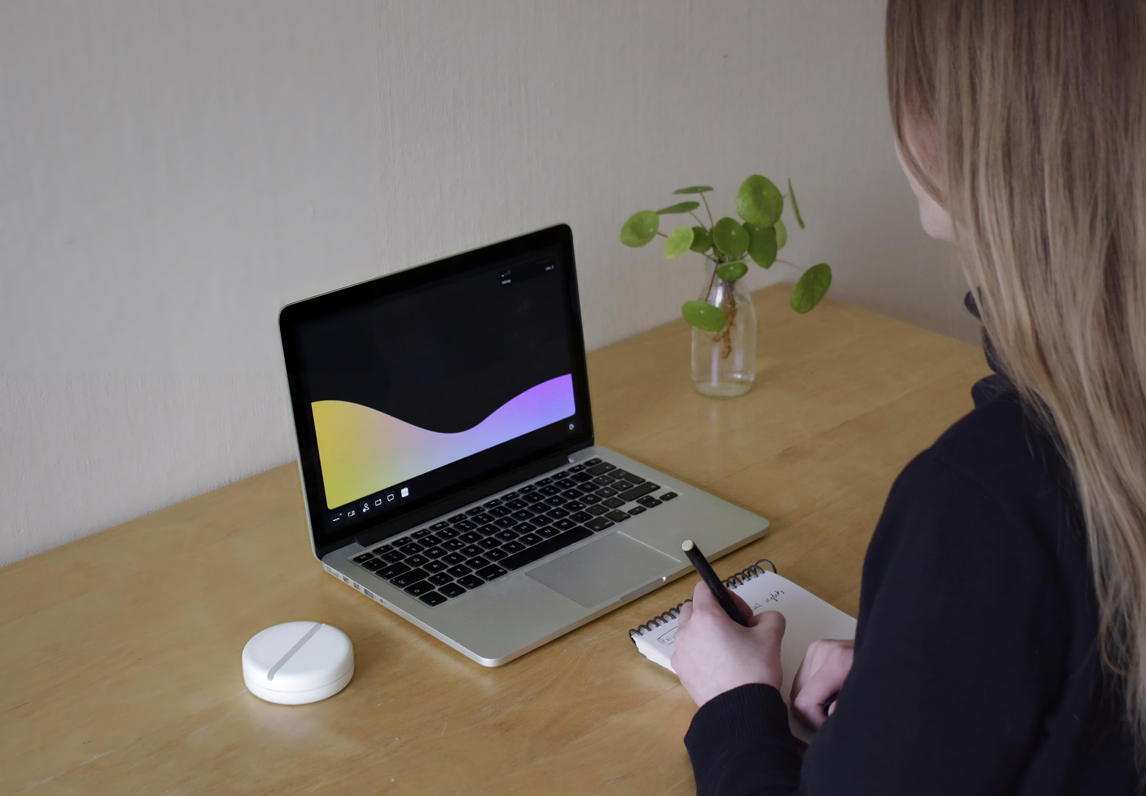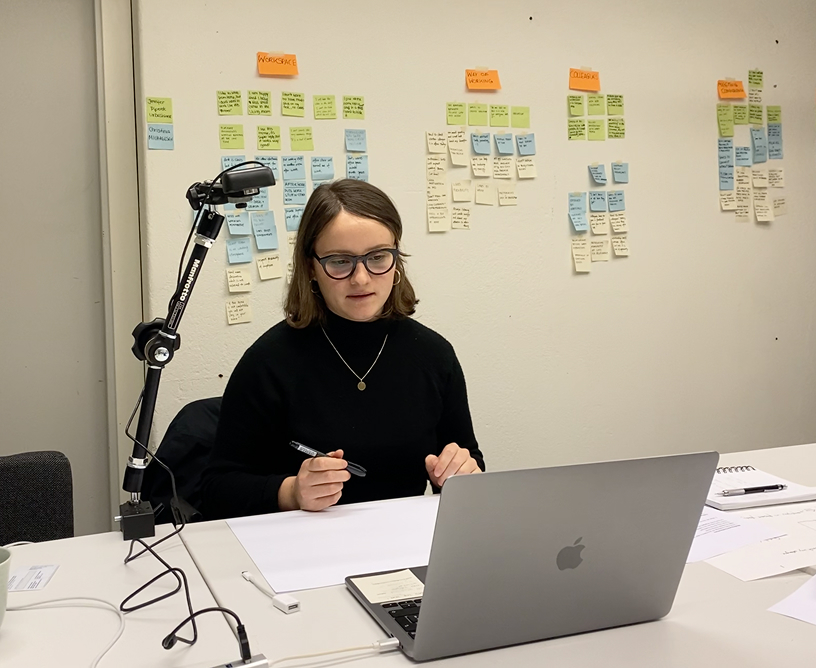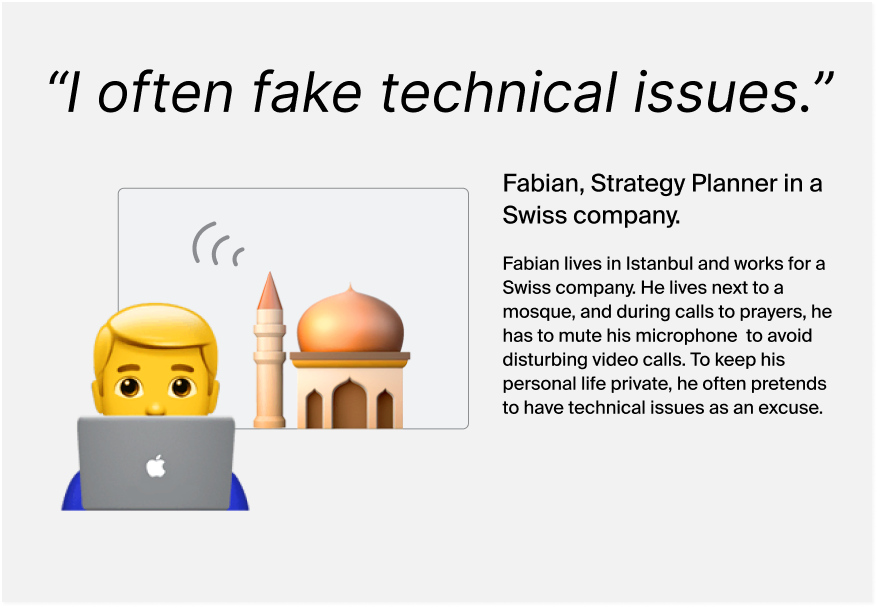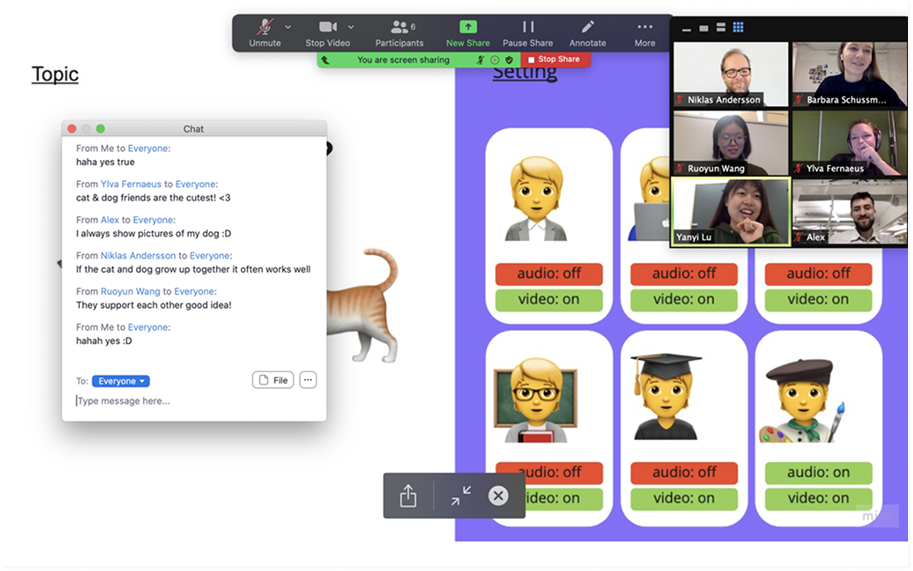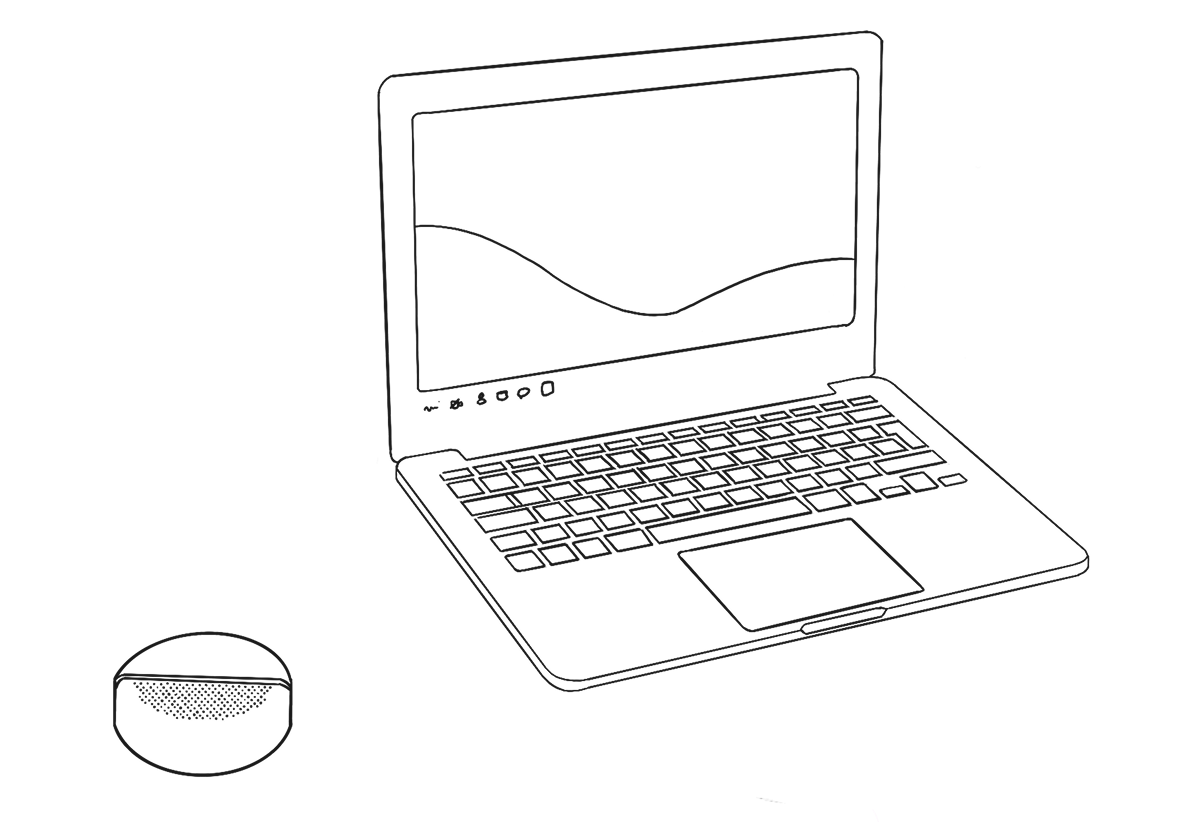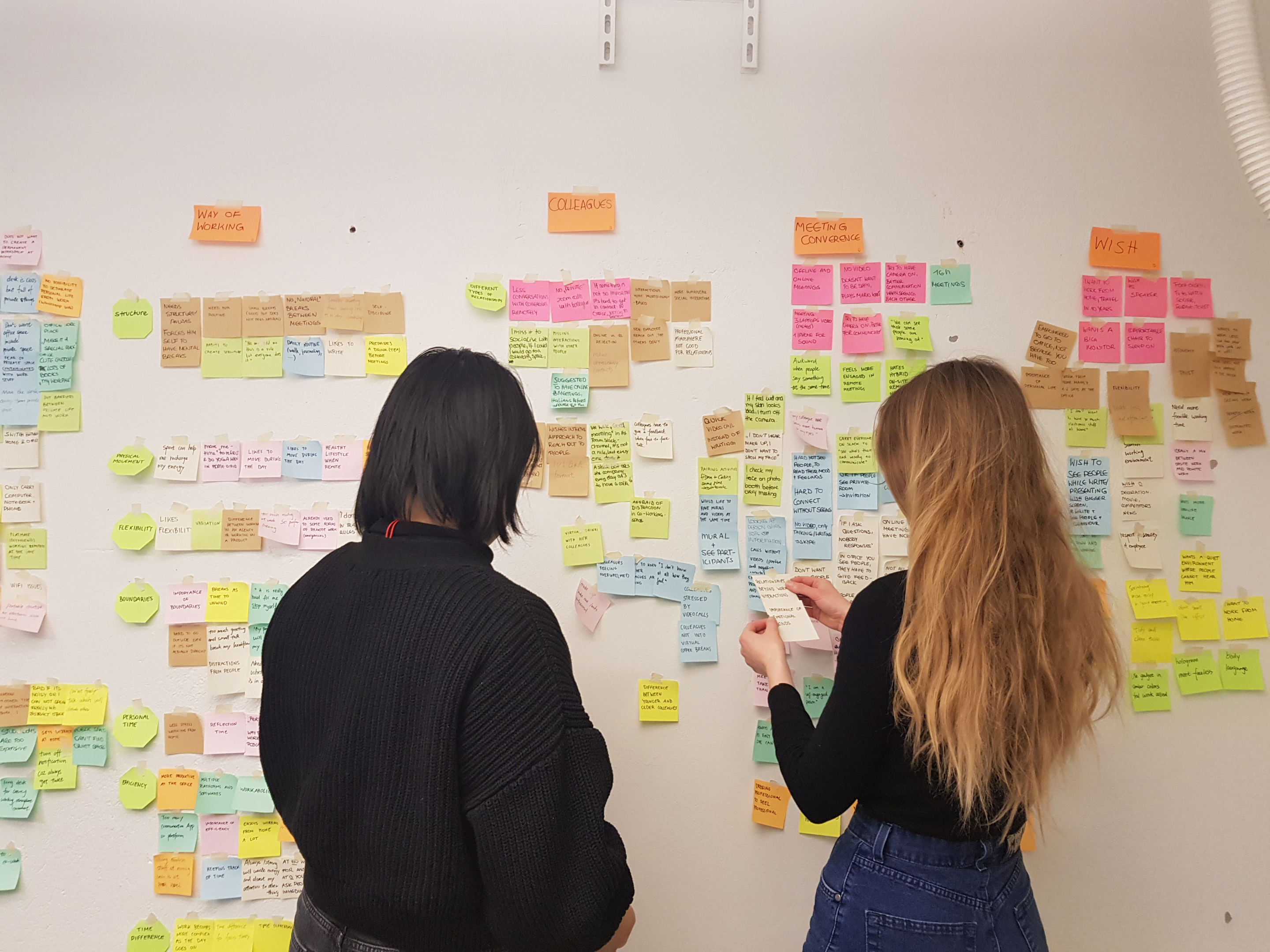
making online meetings more engaging
Concept of a connected product that makes online meetings more engaging and better suited for distributed work.
About
This project was carried out in collaboration with Konftel. It focuses on communication in distributed work settings. It looks 5-10 years in the future and addresses challenges and opportunities relating to computer-mediated collaboration.
